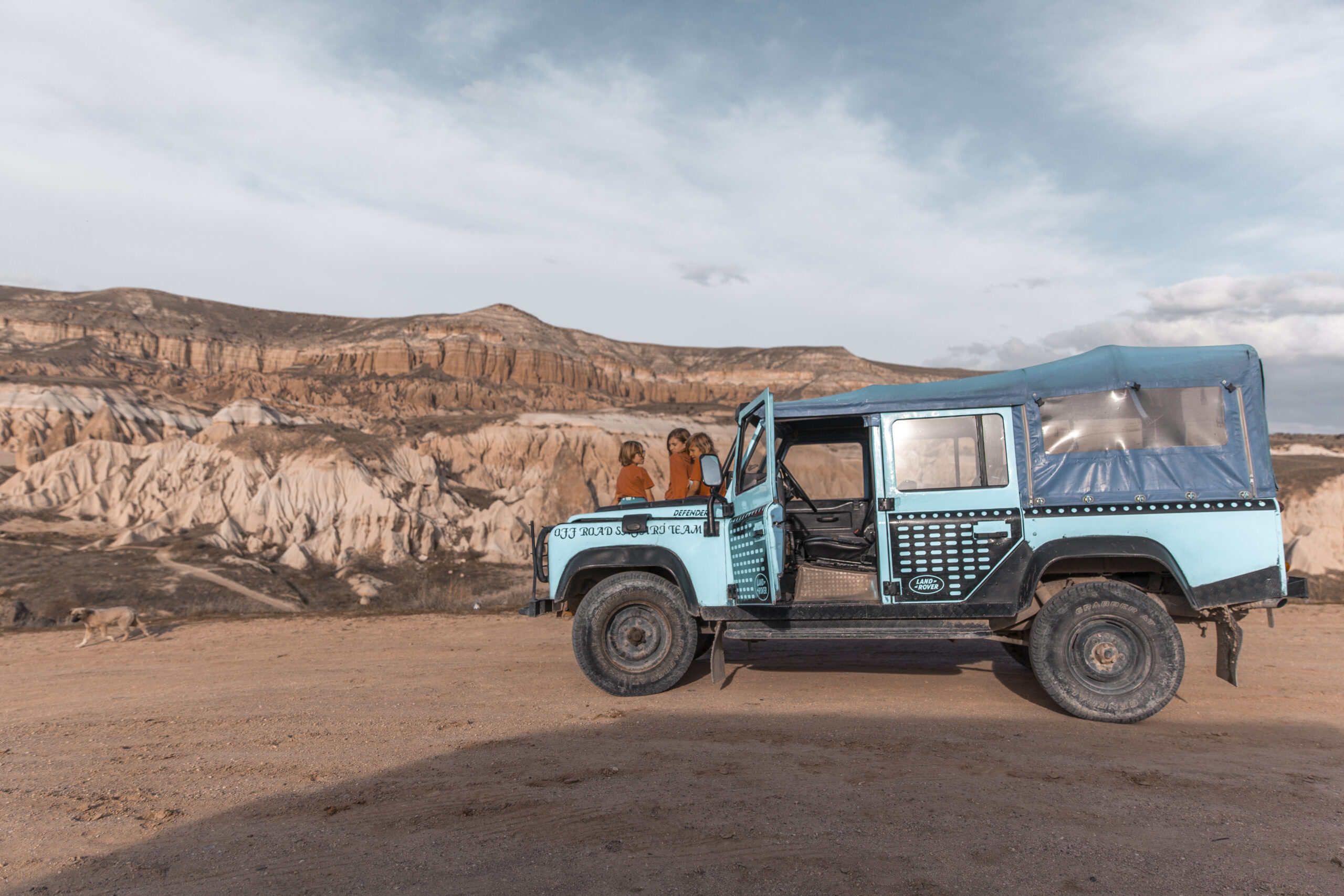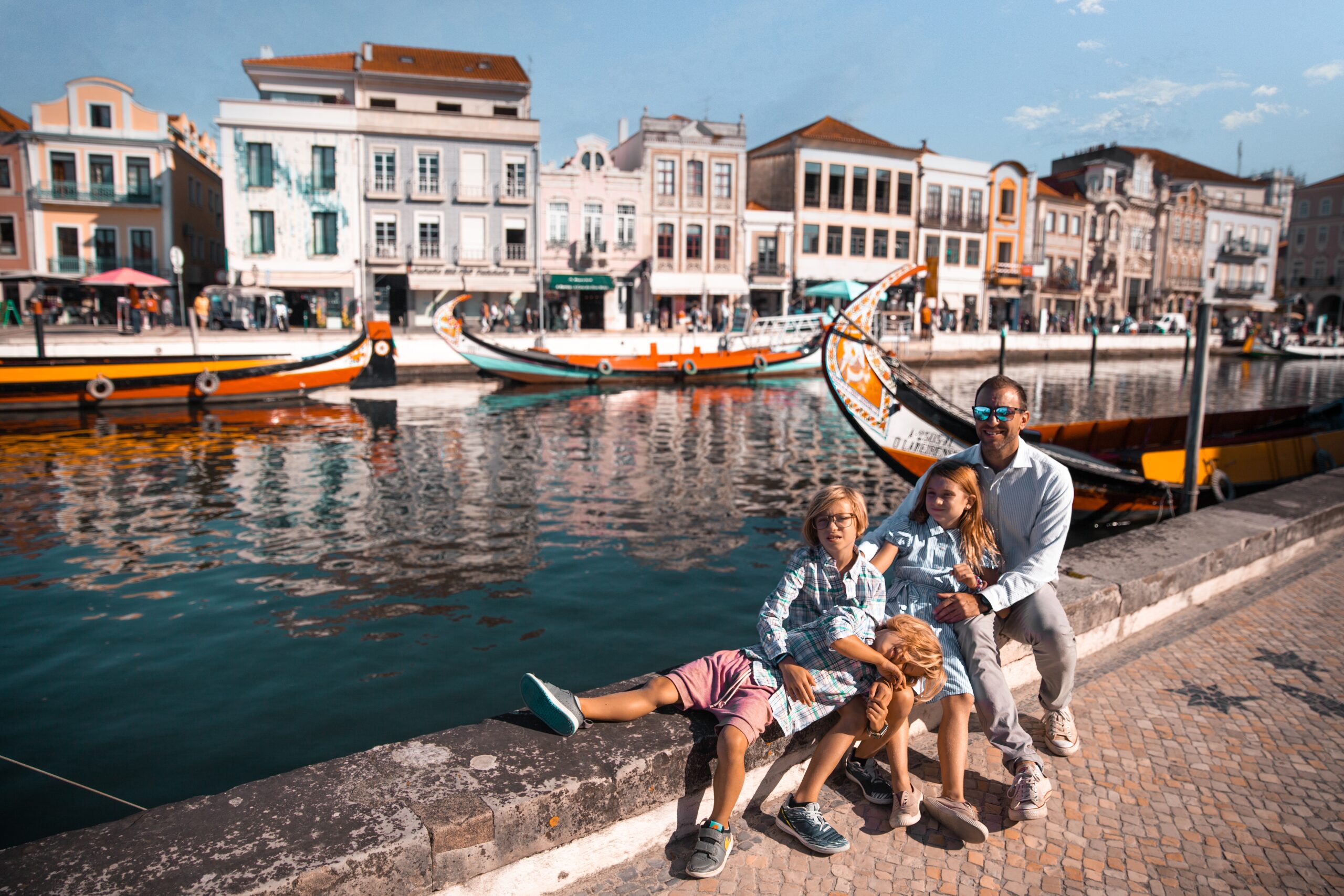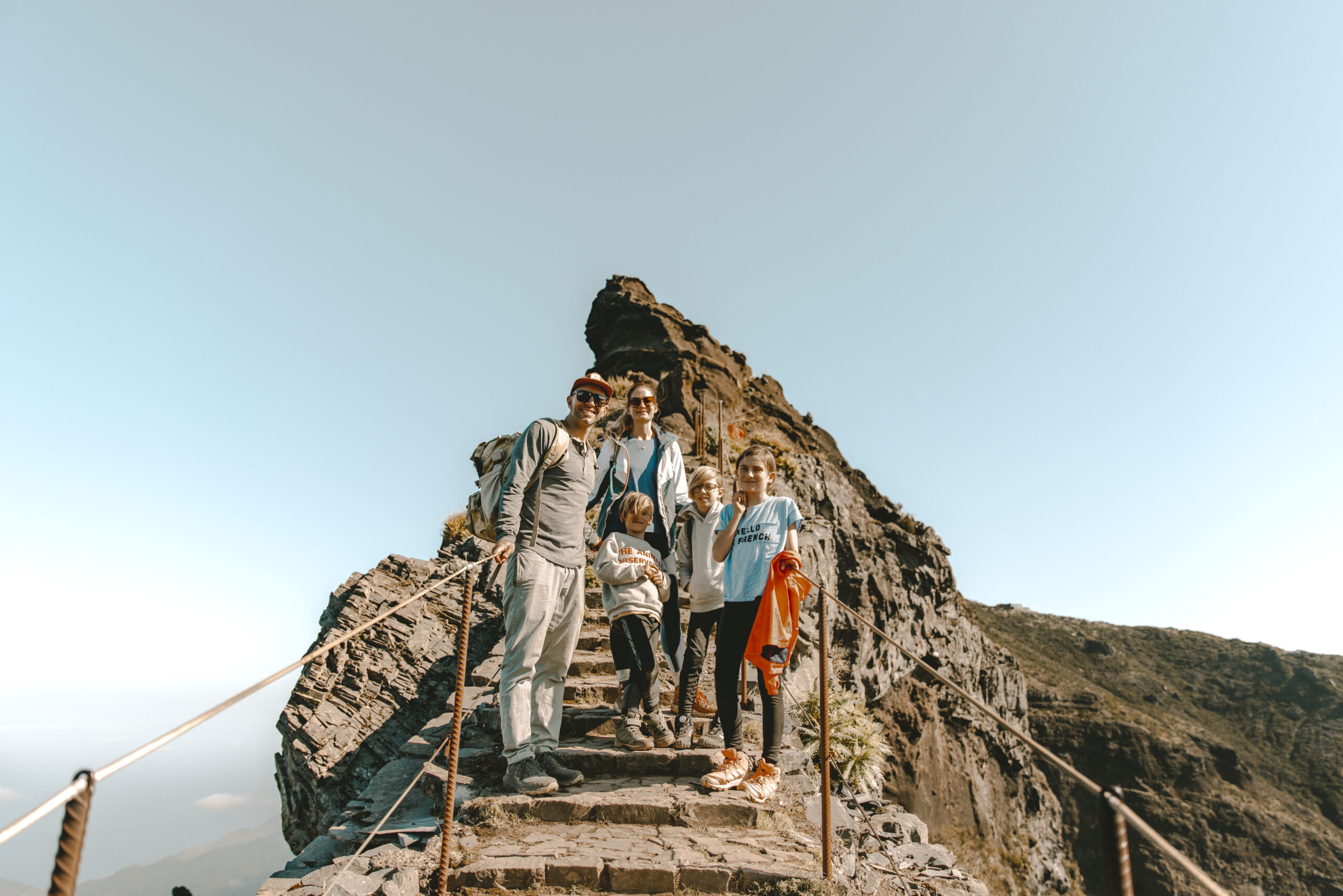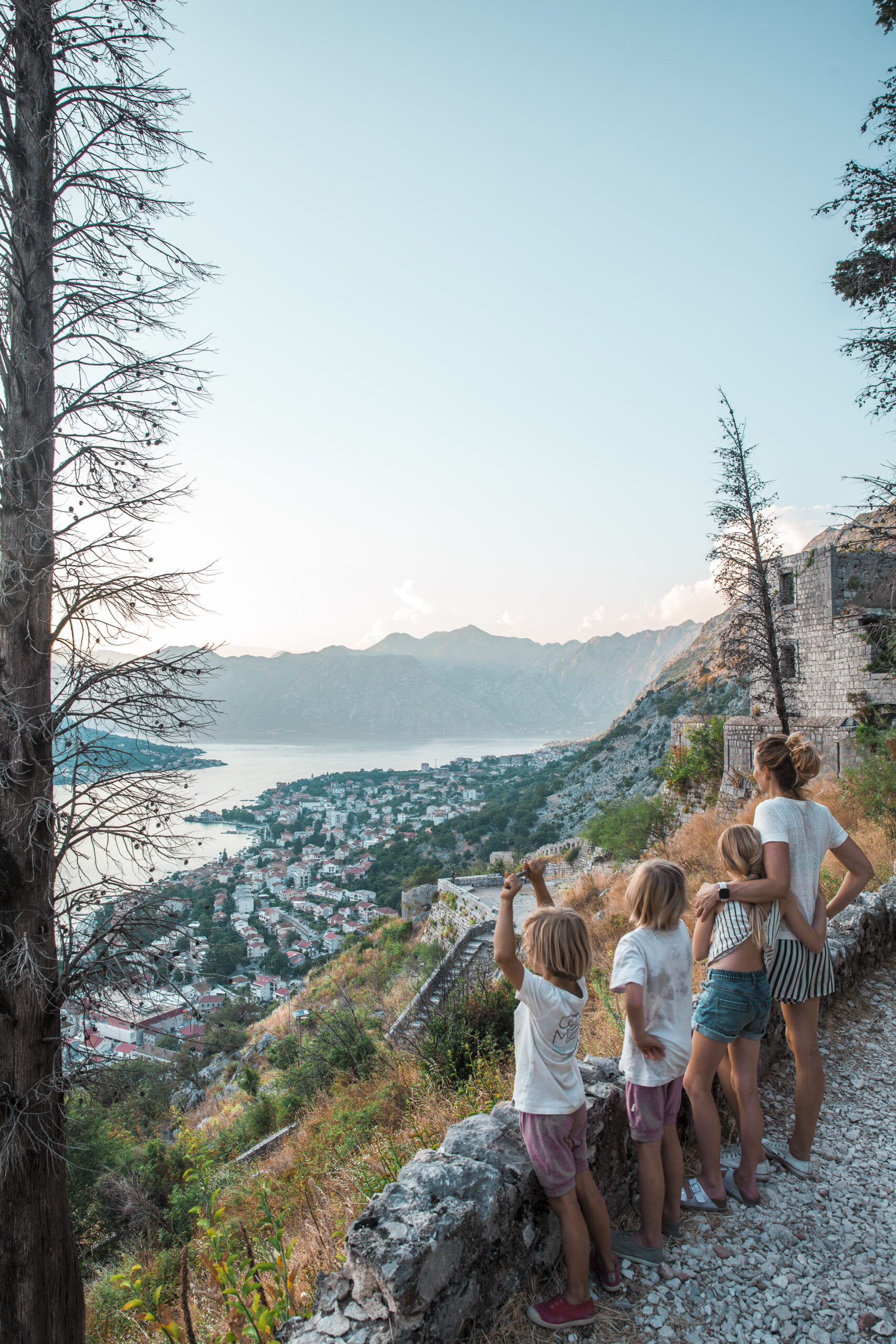Why Spain is a great place for kids
Choosing the city that's right for you
Choosing the visa that's right for you
More than just great weather
Why Spain provides a better quality of life

How we Plan

What we pack
Choosing Travel Insurance
Book Your Hotel
with Booking.com
Book Your Car
with RentalCars.com
Book Your Flight
with Skyscanner.com
Book Your Tour
with GetYourGuide.com

Our Camera Gear

How We Fly
Choosing Your Destination
Family Guide to...
Montenegro
Montenegro, where dramatic mountains, turquoise Adriatic waters, and medieval towns entice travelers to explore a land of breathtaking vistas, rich history, and cultural charm, where the legacy of ancient civilizations meets the allure of coastal retreats and pristine national parks amidst the stunning landscapes of the Balkans.
Map
Weather
Itineraries

Coming Soon...
kotor
Top Five Restaurants in Kotor
Located right on the waterfront, Galion offers stunning views of Kotor Bay and a fine dining experience. The menu features a mix of Mediterranean and seafood dishes, using fresh, local ingredients to create flavorful meals. Perfect for a romantic evening or special occasion.
Nestled in the heart of Kotor’s Old Town, Konoba Scala Santa is known for its traditional Montenegrin cuisine. The rustic ambiance complements the hearty dishes, which include grilled meats, fresh fish, and local wines. It’s a must-visit for an authentic local experience.
Set within a charming boutique hotel, Restaurant Astoria combines historical elegance with modern gastronomy. The menu offers a diverse range of dishes, from seafood to international cuisine, all prepared with meticulous attention to detail. The stylish decor and excellent service add to the overall dining experience.
Tanjga is a beloved local spot famous for its generous portions and welcoming atmosphere. The restaurant specializes in barbecue and grilled meats, offering a variety of flavorful options that are both satisfying and affordable. It’s a great place to enjoy a casual, hearty meal. Tanjga Family Restaurant
Situated along the waterfront, Konoba Portun serves up traditional Montenegrin and Mediterranean dishes in a cozy setting. The menu highlights include fresh seafood, homemade pastas, and delicious desserts, all made with locally sourced ingredients. The friendly service and picturesque location make it a popular choice.
Top Five hotels in kotor
Hotel Forza Terra is a luxurious 5-star boutique hotel located right on the waterfront of Kotor Bay. The hotel combines modern amenities with traditional Montenegrin architecture, offering guests stunning views, a spa, and fine dining. Each room is elegantly decorated, providing a perfect blend of comfort and sophistication. Hotel Forza Terra
This charming hotel is set in a beautifully restored 18th-century building right on the bay. Palazzo Radomiri offers a unique historical ambiance with modern comforts, including an outdoor pool, a fitness center, and a private dock. Guests can enjoy breathtaking views of the bay and the surrounding mountains.
Located in the heart of Kotor’s Old Town, Hotel Vardar is perfect for exploring the city’s historic sites. The hotel features spacious rooms with modern amenities, a fitness center, and an elegant restaurant serving Mediterranean cuisine. Its prime location makes it an excellent choice for both leisure and business travelers.
Boutique Hotel Hippocampus is a stylish hotel nestled within the UNESCO-protected Old Town of Kotor. It boasts uniquely designed rooms, a rooftop terrace with panoramic views, and a restaurant offering local and international dishes. The hotel’s blend of historic charm and contemporary comfort makes it a standout choice.
Housed in a historic building that was once part of Kotor’s fortifications, Hotel Cattaro offers a distinctive blend of history and luxury. Guests can enjoy elegantly decorated rooms, a fitness center, and a restaurant with stunning views of the bay. Its central location provides easy access to Kotor’s main attractions.
FAQ's
What are the main things to do with kids in Montenegro?
Montenegro is a beautiful country that offers a variety of fun activities for families with children. Here are some of the main things to do with kids in Montenegro:
1. Visit the beaches: Montenegro has some stunning beaches along the Adriatic Sea, such as Velika Plaža, Becici Beach, and Mogren Beach, which are perfect for swimming, sunbathing, and playing in the sand.
2. Explore Lake Skadar National Park: This park is home to the largest lake in the Balkans and offers boat rides, birdwatching, and hiking trails suitable for children.
3. Visit the Ostrog Monastery: This monastery is built into a cliff face and is an impressive sight for kids. It’s a great opportunity to learn about the country’s history and culture.
4. Go rafting on the Tara River: Older children can enjoy the thrill of rafting on the Tara River, which offers stunning views of the surrounding mountains and forests.
5. Visit the Old Town of Kotor: This UNESCO World Heritage site is a well-preserved medieval town with narrow streets, ancient churches, and a beautiful bay that kids will enjoy exploring.
6. Enjoy the adventure parks: Montenegro has several adventure parks, such as the Lovcen Adventure Park and the Ivanova Korita Adventure Park, which offer zip lines, rope courses, and other exciting activities for kids.
7. Visit the National Museum of Montenegro: Located in Cetinje, this museum offers a great introduction to the country’s history and culture, with exhibits that are engaging for children.
8. Take a scenic train ride: The Belgrade-Bar railway offers stunning views of the countryside and is a great way to explore the country with kids.
These are just a few of the many activities that families can enjoy in Montenegro. With its beautiful natural scenery, rich history, and exciting attractions, Montenegro is a great destination for a family vacation.
What is Montenegro famous for?
Montenegro is a small Balkan country known for several things, including:
1. Natural beauty: Montenegro boasts stunning landscapes, including rugged mountains, pristine lakes, and a picturesque Adriatic coastline with numerous beaches.
2. UNESCO World Heritage Sites: The country is home to two UNESCO sites – the Bay of Kotor and Durmitor National Park.
3. Historical sites: Montenegro has a rich history, with many well-preserved medieval towns and fortresses, such as Kotor, Budva, and Stari Bar.
4. Outdoor activities: Due to its diverse landscapes, Montenegro offers various outdoor activities like hiking, mountaineering, rafting, and skiing.
5. Biodiversity: Montenegro is known for its diverse flora and fauna, with many rare and endemic species.
6. Montenegrin cuisine: The country’s cuisine is a mix of Mediterranean and Balkan influences, with dishes like seafood, cured meats, and cheese.
7. Njeguši village: This picturesque village is famous for its traditional architecture and production of Njeguški pršut (prosciutto) and cheese.
8. Sveti Stefan: This iconic island resort, once a fishing village, is now a luxurious retreat connected to the mainland by a narrow isthmus.
9. Ostrog Monastery: This 17th-century monastery is carved into a vertical cliff and is an important pilgrimage site.
10. Venetian architecture: Many coastal towns in Montenegro, such as Perast and Kotor, showcase beautiful Venetian-style architecture due to the region’s historical ties with the Venetian Republic.
What power plug type does Montenegro use?
Montenegro uses the Type C and Type F power plugs and sockets, which are common throughout Europe.
Type C: This is the most common type, featuring two round pins. It is compatible with Type E and Type F plugs.
Type F: Also known as the “Schuko” plug, it has two round pins and two earth clips on the side. It is compatible with Type C sockets.
Both types operate on a standard voltage of 230 V and a frequency of 50 Hz.
If you’re traveling from a country that uses different plugs, such as the United States (Type A and B) or the United Kingdom (Type G), you will need a suitable travel adapter to charge your devices in Montenegro. It’s always a good idea to check the voltage compatibility of your devices to avoid any damage.
Is Montenegro safe?
Yes, Montenegro is generally considered a safe country for tourists and visitors. It has a relatively low crime rate, and violent crimes against tourists are rare. However, as with any destination, it’s essential to take common-sense precautions to ensure a safe and enjoyable trip.
1. Petty crime: Pickpocketing and bag snatching can occur in crowded tourist areas, so keep an eye on your belongings and be cautious in busy locations.
2. Road safety: Roads in Montenegro can be narrow and winding, especially in mountainous regions. Drive cautiously, especially if you’re not used to such conditions.
3. Outdoor activities: When engaging in outdoor activities like hiking or water sports, follow safety guidelines and heed weather warnings.
4. Scams: Be aware of potential scams, such as overcharging by taxi drivers or at restaurants. Always agree on a price beforehand and check bills carefully.
5. Health concerns: Montenegro has a modern healthcare system, but it’s still recommended to have travel insurance. Also, take precautions against tick bites in forested areas, as ticks can carry diseases.
6. Political tensions: Although rare, political protests can occasionally occur in larger cities. Avoid any demonstrations and follow local media for updates.
Overall, Montenegro is a safe destination for tourists, and by taking standard safety precautions, visitors can enjoy their time in this beautiful country without significant concerns.
Where to travel in Montenegro?
Montenegro offers a diverse range of attractions for visitors. Some of the best places to travel in Montenegro include:
1. Kotor: This UNESCO-listed medieval town is situated in the Bay of Kotor, offering stunning architecture, history, and natural beauty.
2. Budva: Known for its vibrant nightlife and beautiful beaches, Budva is a popular coastal town that combines history with modern amenities.
3. Sveti Stefan: This picturesque island resort is a former fishing village turned luxury retreat, connected to the mainland by a narrow isthmus.
4. Durmitor National Park: This UNESCO-listed park is perfect for outdoor enthusiasts, with opportunities for hiking, camping, and skiing.
5. Lake Skadar National Park: Home to the largest lake in the Balkans, this park offers stunning scenery, boat rides, and birdwatching.
6. Perast: This small, charming town in the Bay of Kotor is known for its beautiful Venetian architecture and Our Lady of the Rocks island church.
7. Ostrog Monastery: Carved into a vertical cliff, this 17th-century monastery is an important pilgrimage site and a must-see for its unique architecture.
8. Tara River Canyon: The Tara River offers excellent whitewater rafting opportunities, with stunning views of Europe’s deepest canyon.
9. Cetinje: The former capital of Montenegro, Cetinje, is home to several historical monuments and museums.
10. Biogradska Gora National Park: This national park is one of Europe’s last remaining virgin forests and offers hiking trails, lake views, and diverse flora and fauna.
These are just a few of the many incredible places to visit in Montenegro. The country’s small size makes it easy to explore multiple destinations in one trip.
How many days are enough to visit Montenegro?
The number of days you should spend in Montenegro depends on your interests and the specific places you want to visit. However, to get a good overview of the country and its main attractions, a minimum of 5-7 days is recommended.
Here’s a sample 7-day itinerary:
Day 1-2: Kotor and Perast
– Explore the Old Town of Kotor and hike to the Castle of San Giovanni
– Visit Perast and take a boat ride to Our Lady of the Rocks island church
Day 3-4: Budva and Sveti Stefan
– Relax on the beaches and explore the Old Town of Budva
– Visit the iconic Sveti Stefan island resort
Day 5: Lake Skadar National Park
– Take a boat ride on Lake Skadar and enjoy birdwatching and nature
Day 6-7: Durmitor National Park
– Hike in the stunning mountain landscapes
– Go whitewater rafting on the Tara River
If you have more time, you can add visits to other destinations like Cetinje, Ostrog Monastery, or Biogradska Gora National Park. With 10-14 days, you can explore the country more thoroughly and at a more relaxed pace.
Keep in mind that the suggested duration also depends on your travel style and the season you visit. If you prefer a more laid-back approach or want to spend more time at each destination, you may want to allocate more days to your trip.
Which month is best to visit Montenegro?
The best month to visit Montenegro depends on your preferences and planned activities. However, generally speaking, the most popular time to visit is during the summer months, particularly from June to August.
– June to August: This is the peak tourist season, with warm to hot temperatures (25-30°C/77-86°F) and perfect weather for beach activities and swimming. However, this is also the busiest and most expensive time to visit.
– September to October: These months offer mild to warm temperatures (15-25°C/59-77°F) and fewer crowds, making it an ideal time for sightseeing, hiking, and other outdoor activities. The sea is still warm enough for swimming until mid-October.
– April to May: Spring brings mild temperatures (10-20°C/50-68°F) and beautiful blooming landscapes. This is a good time for hiking and sightseeing, although the weather can be unpredictable, with occasional rain showers.
– November to March: This is the low season, with colder temperatures (0-15°C/32-59°F) and increased rainfall. While not ideal for beach activities, this time can be perfect for visiting museums, historical sites, and enjoying winter sports in the mountains (December to February).
Ultimately, the best month to visit depends on what you want to do. For a combination of good weather, fewer crowds, and lower prices, consider visiting in late May, early June, September, or October. If your primary goal is to enjoy the beaches and warm weather, plan your trip during the summer months.
What food is Montenegro known for?
Montenegro’s cuisine is a delightful mix of Mediterranean and Balkan influences, with a focus on fresh, locally-sourced ingredients. Some of the most famous dishes and foods Montenegro is known for include:
1. Njeguški pršut: A dry-cured ham similar to prosciutto, made in the village of Njeguši.
2. Pljevaljski sir: A hard, salted cheese made from cow’s milk, often served as a starter or appetizer.
3. Kačamak: A hearty, porridge-like dish made with cornmeal, potatoes, and cheese, often served with sour cream, yogurt, or milk.
4. Raštan: A traditional Montenegrin dish made with collard greens, potatoes, and smoked meat, usually pork.
5. Ispod sača: Meat and vegetables slow-cooked under a metal dome covered with hot coals, resulting in tender and flavorful dishes.
6. Priganice: Small, fried dough balls served with honey, cheese, or jam, often consumed as a breakfast or dessert.
7. Buzara: A seafood dish made with prawns, mussels, or clams, cooked in a tomato, garlic, and wine sauce.
8. Punjene paprike: Bell peppers stuffed with a mixture of ground meat, rice, and spices, then baked in a tomato sauce.
9. Čorbast pasulj: A hearty bean soup made with various meats, such as smoked pork ribs or sausages.
10. Krempita: A popular dessert featuring a custard filling between layers of crispy, flaky pastry, similar to a vanilla slice or mille-feuille.
In addition to these dishes, Montenegro is also known for its high-quality wine, rakija (fruit brandy), and Nikšićko beer. Many restaurants offer traditional Montenegrin cuisine, allowing visitors to sample the country’s delicious flavors.

